PDF-Expert Verilog SystemVerilog Synthesis Training Simul
Author : celsa-spraggs | Published Date : 2015-05-01
Cummings Peter Alfke Sunburst Design Inc Xilinx Inc ABSTRACT An interesting technique for doing FIFO design is to perform asynchronous comparisons between the FIFO
Presentation Embed Code
Download Presentation
Download Presentation The PPT/PDF document "Expert Verilog SystemVerilog Synthesis ..." is the property of its rightful owner. Permission is granted to download and print the materials on this website for personal, non-commercial use only, and to display it on your personal computer provided you do not modify the materials and that you retain all copyright notices contained in the materials. By downloading content from our website, you accept the terms of this agreement.
Expert Verilog SystemVerilog Synthesis Training Simul: Transcript
Download Rules Of Document
"Expert Verilog SystemVerilog Synthesis Training Simul"The content belongs to its owner. You may download and print it for personal use, without modification, and keep all copyright notices. By downloading, you agree to these terms.
Related Documents

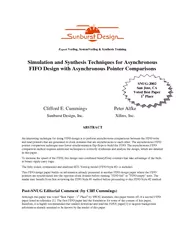
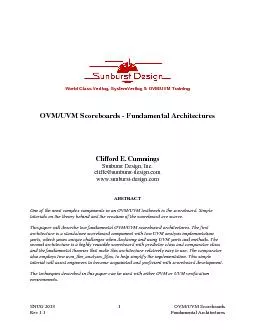






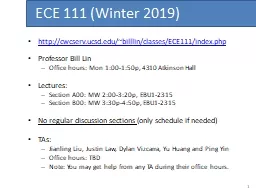

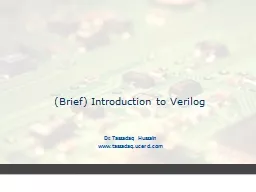
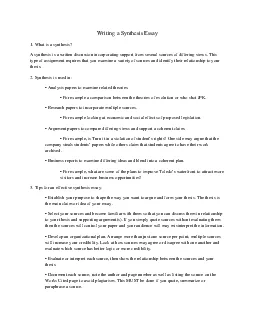
![[READING BOOK]-Verilog — 2001: A Guide to the New Features of the Verilog® Hardware](https://thumbs.docslides.com/976038/reading-book-verilog-2001-a-guide-to-the-new-features-of-the-verilog-hardware-description-language-the-springer-international-series-in-engineering-and-computer-science-book-652.jpg)
